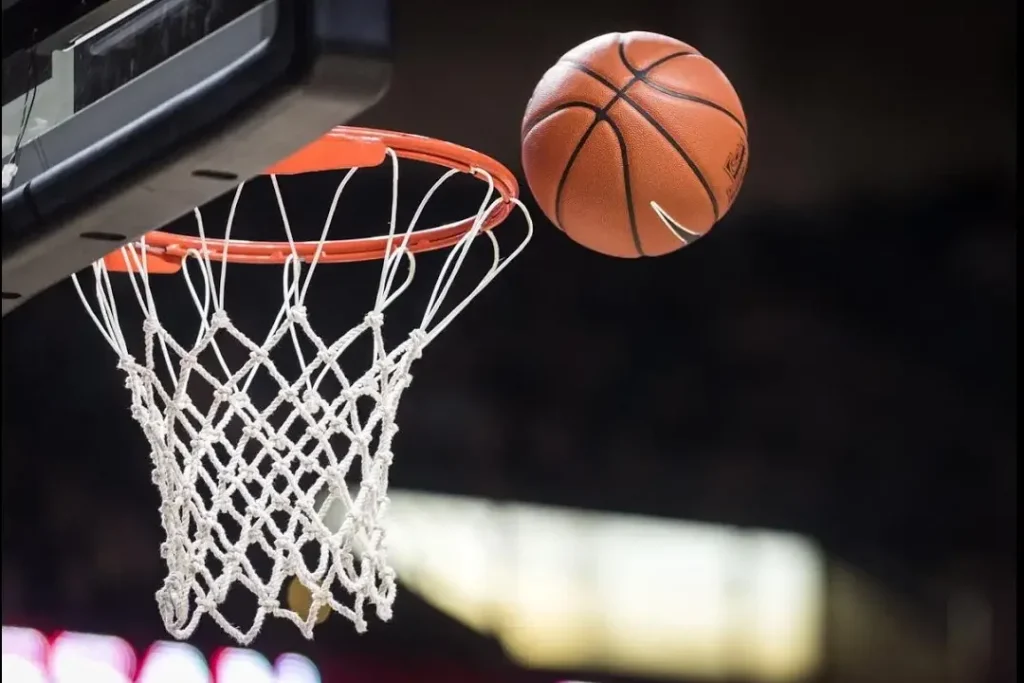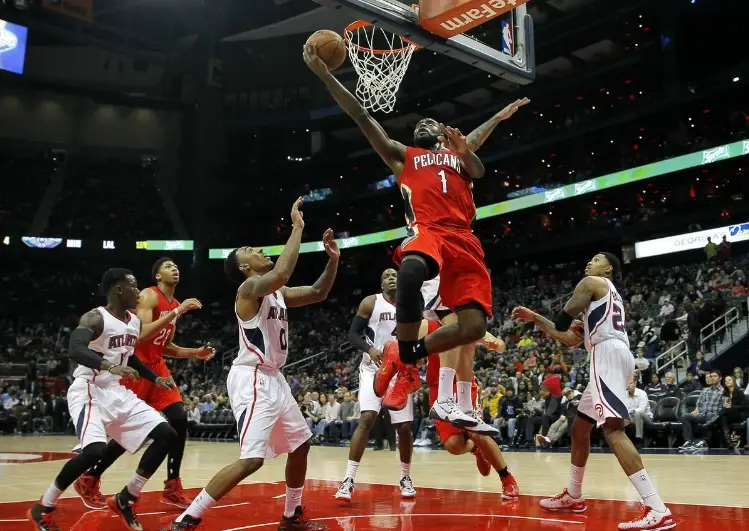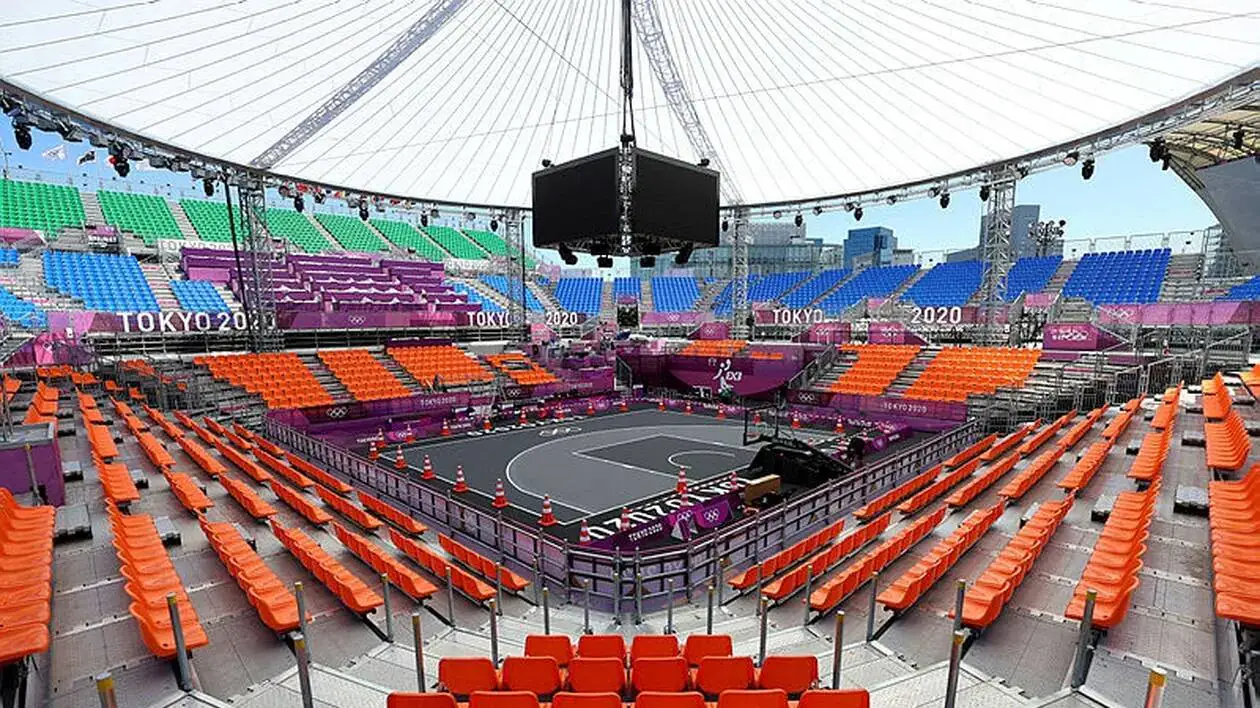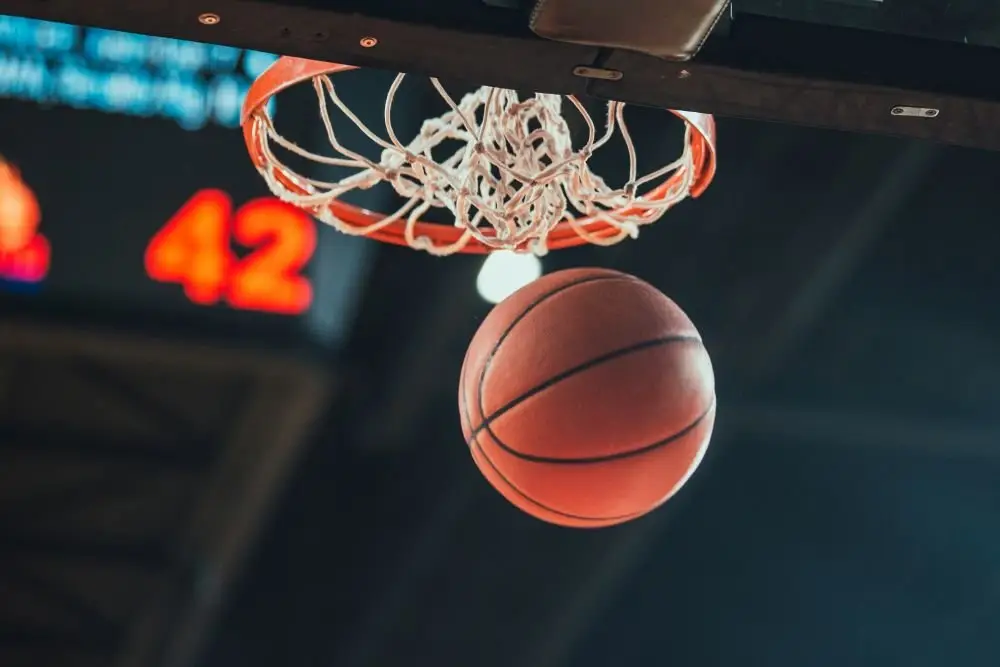Speed, concentration, control and team dynamics create a unique format of impact. Every movement in basketball involves a number of systems: from the circulatory and respiratory systems to the muscular and endocrine systems. This is precisely why the impact of basketball on the body goes beyond normal athletic exertion and has a holistic physiological and psychological effect.
The impact of basketball on the body: like activity
The description includes a number of specific mechanisms: rapid acceleration, vertical jumps, agility with the ball, fighting for position and constant tactical changes. The playing field is a limited space, the area around the basket is the goal and the area of conflict, and the opponent is the source of resistance. Such conditions activate a maximum number of movements in a minimum amount of time.
The intensity increases depending on the format: street training activates speed, while the hall with tactical guidelines promotes coordination. Each game combines running, strength, flexibility and reaction in a coherent system of action that does not allow for passivity.
Cardio load: heart and vessels under control
 Rhythmic acceleration and interval training increase the heart rate, stabilise blood pressure and improve blood circulation in the tissues. In this respect, the effect of basketball on the body is based on cyclical tension and relaxation, which strengthens the heart and increases the elasticity of the blood vessels.
Rhythmic acceleration and interval training increase the heart rate, stabilise blood pressure and improve blood circulation in the tissues. In this respect, the effect of basketball on the body is based on cyclical tension and relaxation, which strengthens the heart and increases the elasticity of the blood vessels.

Within 10 minutes on the court, a player performs an average of more than 60 different changes of direction, about 20 accelerations and 3–4 jumps. This intensity trains the heart rhythm, normalises cholesterol levels, reduces the risk of stroke and improves oxygen supply to the tissues.
Muscles: growth and density
The high level of activity without repetitive monotonous movements makes this sport ideal for balanced physical development. The quadriceps, calves, glutes, deltoids, abdominals, forearms and fingers are all trained. The impact of basketball on the body is reflected in increased strength without aggressive muscle building.
Players not only strengthen their muscles, but also develop their endurance. Every movement is a complex movement pattern: sharp turns, stops, throws, jumps – involving several muscle groups at the same time. This is precisely why basketball shapes a physique that is suitable for other sports as well as everyday activities.
Lungs and breathing: Depth of inhalation: The impact of basketball on the body
Constant movement requires good ventilation. Changes in pace, sudden exertion and the fight for the ball activate deep diaphragmatic breathing. The influence of basketball on the body strengthens lung function, increases vital capacity and stabilises breathing rhythm during stress. During the game, maximum oxygen consumption reaches 60–75% of the maximum value for an adult. This value stabilises after 6–8 weeks of regular training, reducing fatigue and accelerating recovery.
Coordination and balance system: spatial orientation
Quick manoeuvres, changes of direction and vertical jumps train the balance apparatus. The ability to immediately adapt to new positions, maintain balance and control posture in the air develops complex movement control. The influence strengthens joint stability, minimises falls and eliminates excessive jerky movements. Players learn to feel their body in space, quickly adapt to the dynamics and avoid collisions even during high-intensity play.
Growth and skeletal system: factors for bone development
The strain of gravity when jumping, the stretching when throwing and the fight for position stimulate the activity of osteoblasts. The influence of basketball on the body during adolescence increases the likelihood of accelerated growth, strengthening of the spine, improvement of posture and improvement of bone density. Regular game training during the growth phase contributes to the proper formation of the skeleton, alignment of the shoulders, and correction of the pelvic position. Dynamics and resistance create the conditions for balanced development.
Psychology: Self-control
Emotional tension, the need to make quick decisions, and interaction with the team train character. The player develops both individually and within the team. Constant participation in the game requires self-control, self-confidence and stress resistance. The influence of basketball on the body also extends to cognitive functions: memory improves, thinking speed increases, and responsiveness becomes more flexible. The development of leadership qualities and the ability to keep the rhythm of the entire team are part of the psychological strain that shapes a personality that is ready for any external pressure.
Self-discipline and perseverance: developing a routine
The game schedule, the need to stick to the training plan and stay in shape strengthen self-discipline. Regularity, precision and following instructions are habits that change behaviour even outside of sport. The influence is not limited to physical condition. The brain forms new patterns of behaviour, eliminating procrastination and chaos. The athlete learns to plan their day, set priorities and remain stable under all circumstances.
Comprehensive effects of basketball training:
- Increased lung capacity, improved breathing rhythm.
- Stabilisation of heart rhythm, strengthening of blood vessels.
- Increased muscle endurance and strength without excess weight.
- Improved flexibility and responsiveness.
- Activation of the hormone system.
- Development of spatial thinking.
- Correcting posture and increasing bone density.
- Strengthening joints and preventing injuries.
- Increasing stress resistance.
- Developing leadership skills and teamwork.
- Teaching regularity and planning.
Each effect is interconnected, reinforcing others and forming a holistic foundation for health and character.
Real reasons to integrate basketball into everyday life
The game only reveals its benefits with regular participation. A one-off training session activates the load, but only regularity ensures a lasting effect. It is precisely the effects of basketball on the body when practised regularly that create the basis for qualitative changes in the body and psyche.

The variety of movements eliminates routine, maintains interest and motivates you to continue. The team format creates social integration, responsibility and friendly competition. It is important to start at a basic level, monitor progress and control recovery.
You can start at any age: young people strengthen their bones and grow, adults improve their physical and mental condition, and older people slow down degenerative processes. The barrier to entry is low: all you need is trainers, a ball and a hall with markings. The rest comes with experience and training.
Conclusion
 The effects of basketball on the body are noticeable in several areas: physique, endurance, psychology and social interaction. Every training session changes the internal structure – from microvessels to behavioural strategies. This is the most important answer to the question of why one should start playing.
The effects of basketball on the body are noticeable in several areas: physique, endurance, psychology and social interaction. Every training session changes the internal structure – from microvessels to behavioural strategies. This is the most important answer to the question of why one should start playing.
Complex coordination, constant tension, high speed and quick decisions create unique conditions for the body to adapt. Instead of monotonous strain, there is dynamism. Instead of isolation, there is community. Instead of boredom, there is fun. Basketball is not just a sport, but a system of sustainable development.
 en
en  de
de  ar
ar  es
es  hi
hi  fr
fr  nl
nl  it
it  pt
pt  el
el 









